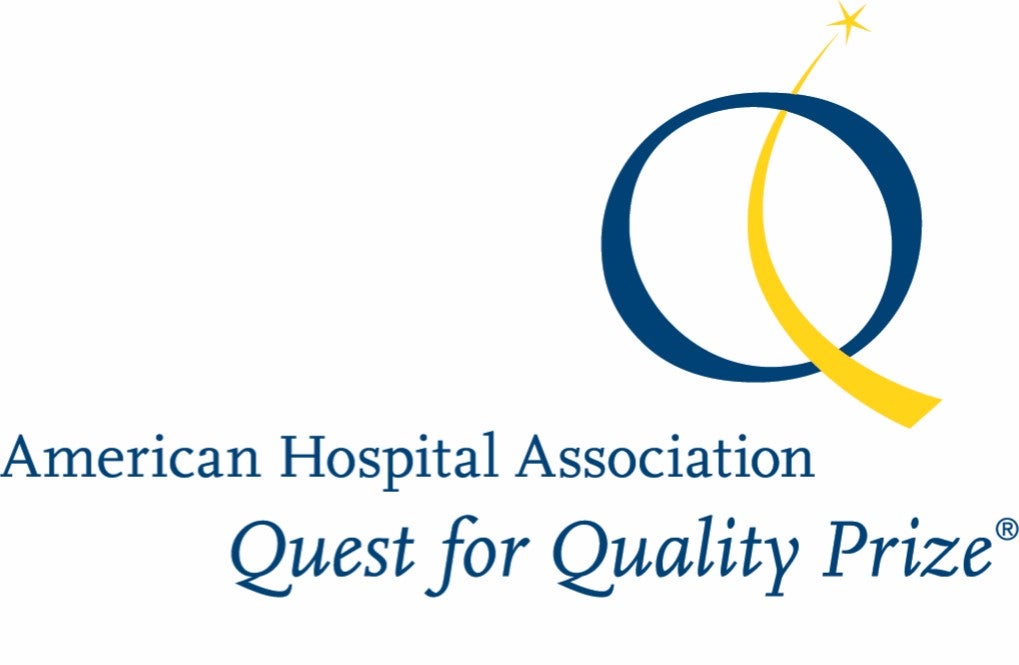

Quality & Patient Safety
Hospitals engage in an array of collaborative activities designed to improve the quality and safety of the care they provide. The increasing amount of credible and actionable information that has become available through public reporting efforts has helped spur improvements.
While it is worth celebrating the improvements in patient safety and quality, such as reductions in hospital-acquired infections and early elective deliveries, it also is imperative that hospitals continue to strive for better performance. Public policies can further facilitate or impede hospitals’ efforts to improve quality, which is why the AHA and its member hospitals work closely with the Centers for Medicare & Medicaid Services, the Centers for Disease Control and Prevention, Food and Drug Administration, Agency for Healthcare Research and Quality, the National Quality Forum, The Joint Commission and other national accreditation bodies.
As hospitals and health systems continue to look for ways to advance quality of care while lowering costs, the AHA has taken a leadership role in supplying information to hospitals to help them further improve the work they do. Read on to find out more.
Current Resources

2024 AHA Quest for Quality Prize Winner

2024 AHA Quest for Quality Prize Winner Wellspan Health receiving their award at the AHA Leadership Summit.
AHA Quest for Quality Prize Committee Members
Additional Resources
News: Health Insurer Specialty Pharmacy Policies Threaten Patient Quality of Care
TrendWatch: Aligning Efforts to Improve Quality
TrendWatch Executive Summary: Aligning Efforts to Improve Quality
TrendWatch Infographic: Aligning Efforts to Improve Quality
Podcast: Insurers’ “White Bagging” Drug Policy Threatens Patient Safety